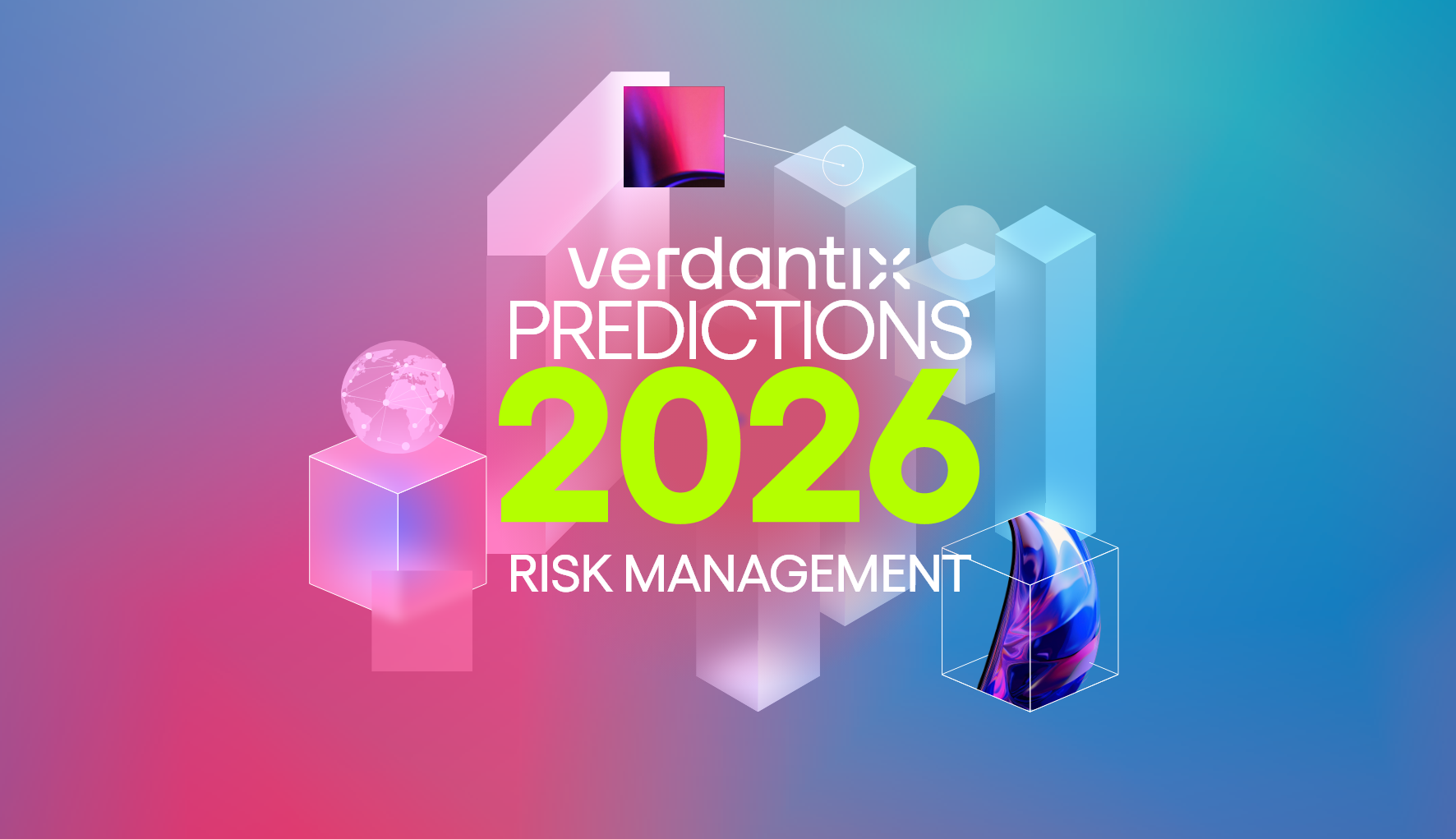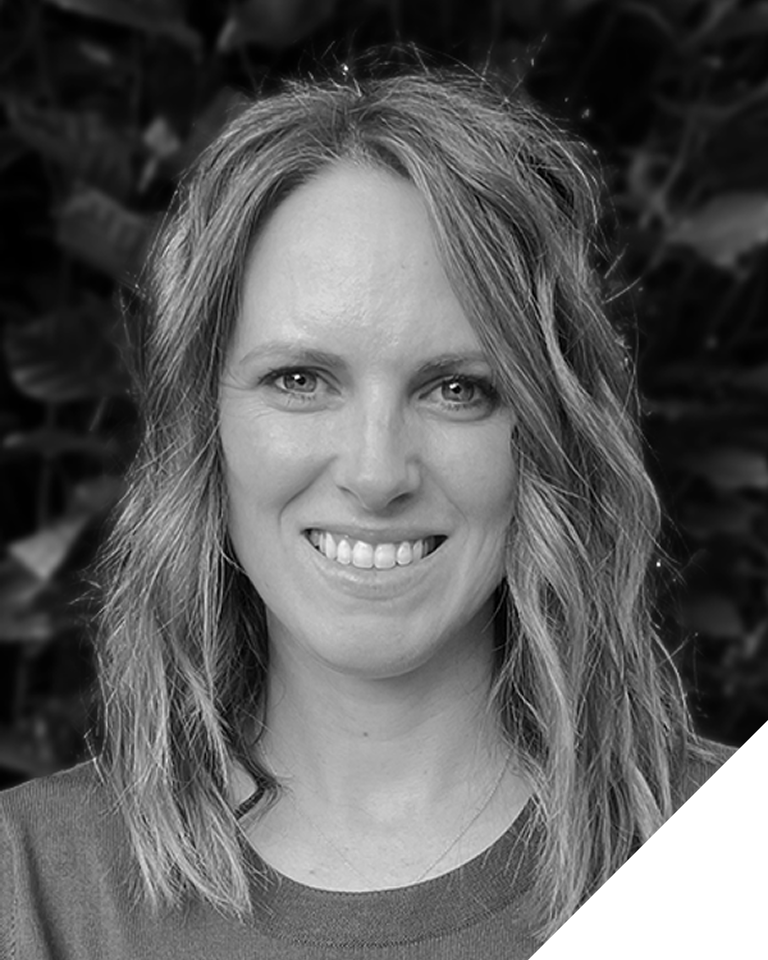Best Practices: Climate Scenario Analysis

Alice Saunders
18 Jul, 2023
Access this research
Access all Corporate Risk Leaders content with a strategic subscription or buy this single report
Need help or have a question about this report? Contact us for assistance
Executive Summary
The effects of climate change are expansive and inter-related. In this context, climate scenario analysis offers a risk management approach and way of thinking that can help firms develop resilient strategies, make disclosures to the Task Force on Climate-related Financial Disclosures (TCFD) and the International Sustainability Standards Board (ISSB), and meet stress-testing or industry group expectations. This report provides sustainability executives and risk managers with a climate scenario analysis guide covering the key terms, concepts and moving parts. It provides a breakdown of current corporate approaches to scenario analysis and developing best practices. At present, few organizations have started climate scenario analysis work, with many struggling with a lack of internal expertise and budget constraints. Those that have done so are mainly engaging consultants or running qualitative assessments in house. Future best practices for climate scenario analysis will require firms to enhance governance structures, increase the numbers of climate-focused staff, ensure audit trails, and apply insights in transition and adaptation planning.
Scenario analysis underpins robust strategic planning and climate disclosures
Climate scenario analysis requires models and scenarios that are imperfect
Temporal and geographical variance in climate models constrain scenario analysis
Firms must navigate a range of scenario model types
Climate scenarios are best efforts and do not cover complex variable interactions
Many organizations are just starting their scenario analysis journeys
Firms struggle with a lack of internal expertise and budget constraints
Corporates are mostly running scenario analysis in-house or employing consultants
Best practices for scenario analysis are only just beginning to emerge
Firms should create foundations for decision-useful scenario analysis
Climate scenario analysis requires models and scenarios that are imperfect
Temporal and geographical variance in climate models constrain scenario analysis
Firms must navigate a range of scenario model types
Climate scenarios are best efforts and do not cover complex variable interactions
Many organizations are just starting their scenario analysis journeys
Firms struggle with a lack of internal expertise and budget constraints
Corporates are mostly running scenario analysis in-house or employing consultants
Best practices for scenario analysis are only just beginning to emerge
Firms should create foundations for decision-useful scenario analysis
Figure 1. How scenario analysis is being incorporated into voluntary standards and reporting regulations
Figure 2. Definitions of key terms
Figure 3. How climate scenarios and climate models are used together to conduct scenario analysis
Figure 4. Advantages and disadvantages of dynamic and statistical downscaling
Figure 5. Explaining the IPCC’s SSPs
Figure 6. Insufficient internal expertise is the biggest challenge for firms looking to conduct climate risk analysis
Figure 7. Limited buy-in, coordination and expertise at the board and executive level are barriers
Figure 8. Developing best practices for scenario analysis
Figure 2. Definitions of key terms
Figure 3. How climate scenarios and climate models are used together to conduct scenario analysis
Figure 4. Advantages and disadvantages of dynamic and statistical downscaling
Figure 5. Explaining the IPCC’s SSPs
Figure 6. Insufficient internal expertise is the biggest challenge for firms looking to conduct climate risk analysis
Figure 7. Limited buy-in, coordination and expertise at the board and executive level are barriers
Figure 8. Developing best practices for scenario analysis
Bank of England (BoE), Barclays, Canadian Centre for Climate Modelling and Analysis, CDP (Carbon Disclosure Project), Climate Action 100+, Climate Financial Risk Forum (CFRF), European Central Bank (ECB), Glasgow Financial Alliance for Net Zero (GFANZ), Global Association of Risk Professionals (GARP), Great Lakes Integrated Sciences and Assessments (GLISA), IBM, Inevitable Policy Response (IPR), Institutional Investors Group on Climate Change (IIGCC), Intergovernmental Panel on Climate Change (IPCC), International Energy Agency (IEA), International Renewable Energy Agency (IRENA), International Sustainability Standards Board (ISSB), KPMG, Landsec, Maplecroft, Massachusetts Institute of Technology (MIT), McKinsey & Company, Met Office Hadley Centre, Moody's, National Centre for Atmospheric Science, Nestlé, Network of Central Banks and Supervisors for Greening the Financial System (NGFS), One Planet Summit, OPTrust, Ortec Finance, Prudential Regulation Authority (PRA), PwC, RMS, Rolls-Royce, S&P Global, Task Force on Climate-related Financial Disclosures (TCFD), UK Centre for Greening Finance and Investment (UKCGFI), United Nations Environment Programme (UNEP), United Nations Framework Convention on Climate Change (UNFCCC), US Agency for International Development, US National Oceanic and Atmospheric Administration (NOAA), US Securities and Exchange Commission (SEC), Verisk, World Climate Research Programme (WCRP), World Meteorological Organization (WMO), WTW, WWF
About the Authors

Alice Saunders
Industry Analyst
Alice is an Industry Analyst in the Verdantix Net Zero & Climate Risk practice. Her current research agenda focuses on climate risk solutions and biodiversity. Alice holds...

Ryan Skinner
Research Director
Ryan is a Research Director at Verdantix, where he leads a team of analysts delivering research, data and advisory services that help clients navigate the fast-evolving landsc...
View Profile





